Contents Reading Games for Young Children Jackie Silberg Illustrated by Deborah C. Wright
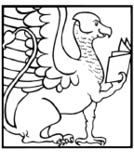
gryphon house Beltsville, MD Acknowledgments With my sincerest appreciation, I want to thank Larry Rood and Leah Curry-Rood of Gryphon House and Kathy Charner, my editor, for all of the support, interest, encouragement, and caring that they give to me. We all benefit in the name of young children. Dedication I dedicate this book to the alphabet. Copyright 2005 Jackie Silberg Published by Gryphon House, Inc. 10726 Tucker Street, Beltsville, MD 20705 800.638.0928; 301.595.9500; 301.595.0051 (fax) Visit us on the web at www.gryphonhouse.com The author of this book, Jackie Silberg, is an acclaimed speaker, teacher, and trainer on early childhood development and music.
You can arrange to have her speak, present, train, or entertain by contacting her through Gryphon House, PO Box 207, Beltsville, MD 20704-0207, 800.638.0928, or at jsilberg@interserv.com. All rights reserved. No part of this publication may be reproduced, stored in a retrieval system, or transmitted in any form or by any means, electronic, mechanical, photocopying, recording or otherwise, without the prior written permission of the publisher. Printed in the United States of America. Every effort has been made to locate copyright and permission information. Illustrations: Deborah C.
Wright Cover Photograph: Straight Shots Library of Congress Cataloging-in-Publication Silberg, Jackie, Date Reading games / by Jackie Silberg. p. cm. Includes bibliographical references and index. ISBN 978-0-87659-243-4 1. 2. 2.
Reading (Early childhood) I. Title. LB1029.G3S55 2005 372.41--dc22 2004024125  Gryphon House is a member of the Green Press Initiative, a nonprofit program dedicated to supporting publishers in their efforts to reduce their use of fibersourced forests. This book is made of 30% post-consumer waste. For further information visit www.greenpressinitiative.org. Bulk purchase Gryphon House books are available for special premiums and sales promotions as well as for fund-raising use.
Gryphon House is a member of the Green Press Initiative, a nonprofit program dedicated to supporting publishers in their efforts to reduce their use of fibersourced forests. This book is made of 30% post-consumer waste. For further information visit www.greenpressinitiative.org. Bulk purchase Gryphon House books are available for special premiums and sales promotions as well as for fund-raising use.
Special editions or book excerpts also can be created to specification. For details, contact the Director of Marketing at Gryphon House. Disclaimer Gryphon House, Inc. and the author cannot be held responsible for damage, mishap, or injury incurred during the use of or because of activities in this book. Appropriate and reasonable caution and adult supervision of children involved in activities and corresponding to the age and capability of each child involved, is recommended at all times. Do not leave children unattended at any time.
Observe safety and caution at all times. Introduction Learning to read: Everybody talks about it. Everybody thinks about it. Everyone has his or her own ideas about how to do it, what age to do it, what to do first. Its maddening! Its opinionated! Its frustrating! Its confusing! So how do you teach children to read? Its really quite simple: You teach children to read by talking, reading, and writing together every day, by making books a part of each day. The list of what to do to teach children to read goes on and onsing songs, learn rhymes, say poems, find words in an encyclopedia, tell stories, listen to what children say, make books together by writing the words and asking the children to draw pictures, and lots more, including the ideas in this book.
Pick games from this book to build the important skills necessary for children to become successful readers. And when you do the games with children, they will discover that learning to read is fun and exciting. What greater gift can you give a child than the gift of reading! How to Use This Book Each chapter in this book is full of fun and developmentally appropriate games that are necessary for learning to read, including games of alliteration, oral blending, writing, alphabet recognition, letter sounds, word play, and rhyming. These games will develop a love for language and joy of reading. One way to use the games in this book is to pick and choose from each chapter. This strategy works because the games complement each other.
For example, in the alliteration chapter when making up sentences with words that start with the same letter, go to the alphabet recognition chapter and follow up with a game uses that same letter again. Because each chapter contains a variety of games, they will suit the needs and abilities of many children. Another way to use the material in the book is to concentrate on one chapter at a time. If this is the case, start with the alphabet chapter and follow it with the letter sounds chapter. Rhyming would come next, followed by names and oral blending. The rest of the chapters can really follow in any order that you choose.
This order works best because children first need to recognize the letters of the alphabet by sight and sound in order to hear the phonemes. When they know the sounds, they will be able to hear rhymes and parts of words (segments). Take your time with these games; repeat games that you and your beginning readers find enjoyable and successful. The children of today are our future. They need to be highly literate and have critical thinking skills in order to compete in the 21st century. About Reading and the Brain Scientific research has shown the importance of touching, talking, smiling, and reading in the physical growth of a childs brain in the first few years of life.
This exposure creates neural circuits and connections in the brain that are the basis for language and learning. A dyslexia research team at Yale Universitys Center for Learning and Attention lead by Dr. Sally Shaywitz found a window on the brain through an imaging technique called functional MRI. These medical scientists identified parts of the brain used in reading. By observing the flow of oxygen-rich blood to working brain cells, they found that people who know how to sound out words can rapidly process what they see. When fluent readers are asked to imagine the word cat without the kah sound, they readily summon up the word at.
The MRI photographs show their brains lighting up like pinball machines. When the brain gets it, the lightbulbs really do go on. However, the brains of people who cant sound out words often look different on MRI pictures. There is less blood flow to the language centers of the brain and, in some cases, not much activity evident at all. Scientists are not sure why this is or what it means. But simply put, without the ability to sound out words, the brain is stumped.
This research supports the idea that the brain learns to read the same way it learns to talk, one sound at a time. When babies first learn to talk they may slowly say one sound at a time. Once they get the hang of it, they speed up. Our brain becomes adept at processing and our experience is that of hearing words, but actually our brain is processing sounds (phonemes) and putting them together so we hear words. When we read, the same process is in operation. Our brain is processing one sound at a time but we perceive it as a whole word.
For good readers, the process is so fast it appears that they are reading whole words, but, in fact, they are converting the letters on the written page into sounds. The brain then recognizes groups of sounds as words. The important thing to remember is that reading is not automatic but must be learned. The reader must develop a conscious awareness that the letters on the page represent the sounds of the spoken word. To read the word cat, the reader must parse, or segment, the word into its underlying phonological elements/c/ /a/ /t/. Once the word is in its phonological form, it can be identified and understood.


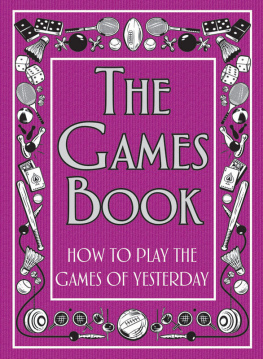

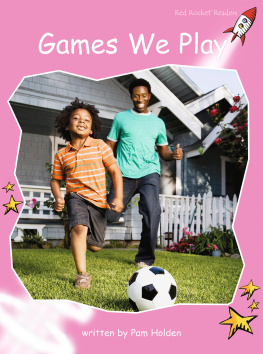
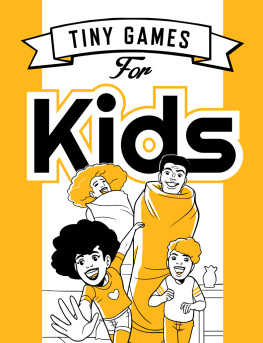
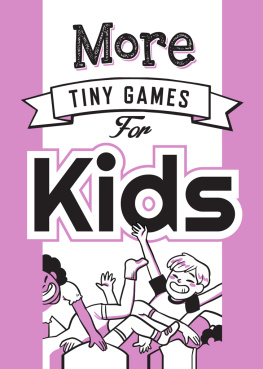
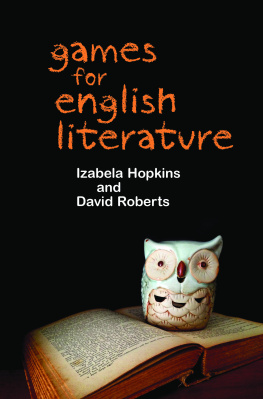

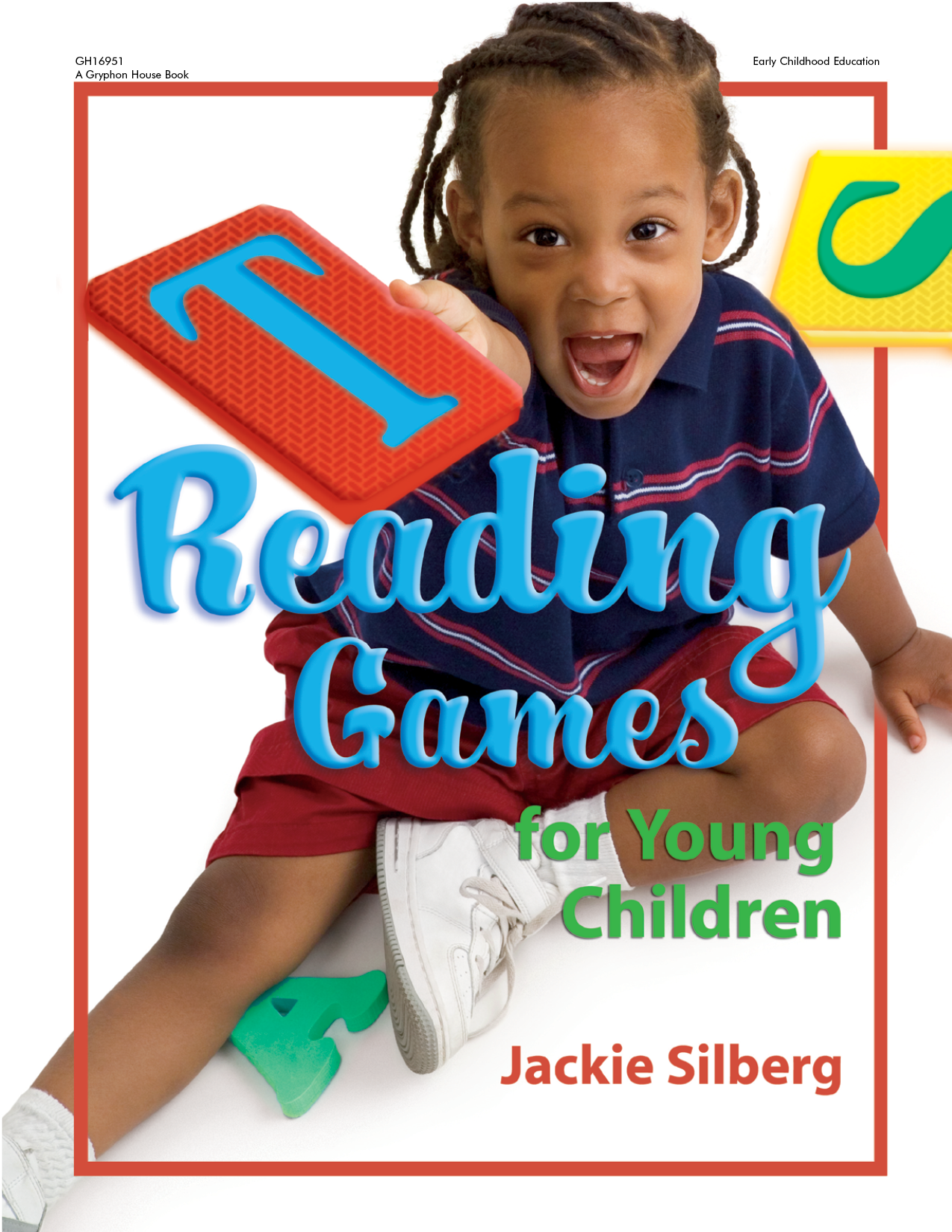
 gryphon house Beltsville, MD Acknowledgments With my sincerest appreciation, I want to thank Larry Rood and Leah Curry-Rood of Gryphon House and Kathy Charner, my editor, for all of the support, interest, encouragement, and caring that they give to me. We all benefit in the name of young children. Dedication I dedicate this book to the alphabet. Copyright 2005 Jackie Silberg Published by Gryphon House, Inc. 10726 Tucker Street, Beltsville, MD 20705 800.638.0928; 301.595.9500; 301.595.0051 (fax) Visit us on the web at www.gryphonhouse.com The author of this book, Jackie Silberg, is an acclaimed speaker, teacher, and trainer on early childhood development and music.
gryphon house Beltsville, MD Acknowledgments With my sincerest appreciation, I want to thank Larry Rood and Leah Curry-Rood of Gryphon House and Kathy Charner, my editor, for all of the support, interest, encouragement, and caring that they give to me. We all benefit in the name of young children. Dedication I dedicate this book to the alphabet. Copyright 2005 Jackie Silberg Published by Gryphon House, Inc. 10726 Tucker Street, Beltsville, MD 20705 800.638.0928; 301.595.9500; 301.595.0051 (fax) Visit us on the web at www.gryphonhouse.com The author of this book, Jackie Silberg, is an acclaimed speaker, teacher, and trainer on early childhood development and music.  Gryphon House is a member of the Green Press Initiative, a nonprofit program dedicated to supporting publishers in their efforts to reduce their use of fibersourced forests. This book is made of 30% post-consumer waste. For further information visit www.greenpressinitiative.org. Bulk purchase Gryphon House books are available for special premiums and sales promotions as well as for fund-raising use.
Gryphon House is a member of the Green Press Initiative, a nonprofit program dedicated to supporting publishers in their efforts to reduce their use of fibersourced forests. This book is made of 30% post-consumer waste. For further information visit www.greenpressinitiative.org. Bulk purchase Gryphon House books are available for special premiums and sales promotions as well as for fund-raising use.